Signs of Dehydration and How to Prevent It on Trek
Dehydration on a trek can be dangerous. Learn about the signs of dehydration and effective measures to prevent dehydration for a safe and enjoyable journey.
Table of Contents
Toggle
Trekking is an exciting adventure that pushes you to your limits, testing your endurance and strength. While many focus on the journey’s physical challenges, one important factor is often overlooked: dehydration. Dehydration happens when your body loses more fluids than it takes in, and it can significantly impact your health. It can lead to symptoms like exhaustion, dizziness, and, in more severe cases, serious health problems. Recognizing the early signs of dehydration and knowing how to prevent it are key to having a safe and enjoyable trek. In this article, we’ll explore the causes of dehydration, how to spot it, and what you can do to stay hydrated and safe on your trek.
What is Dehydration?
Dehydration happens when your body doesn’t have enough water to carry out its normal functions. Your body is constantly losing fluids, especially through sweat, urine, and even breathing. When you lose more fluids than you consume, it creates an imbalance that can affect your energy levels, make you feel tired, and even disrupt the way your organs work.
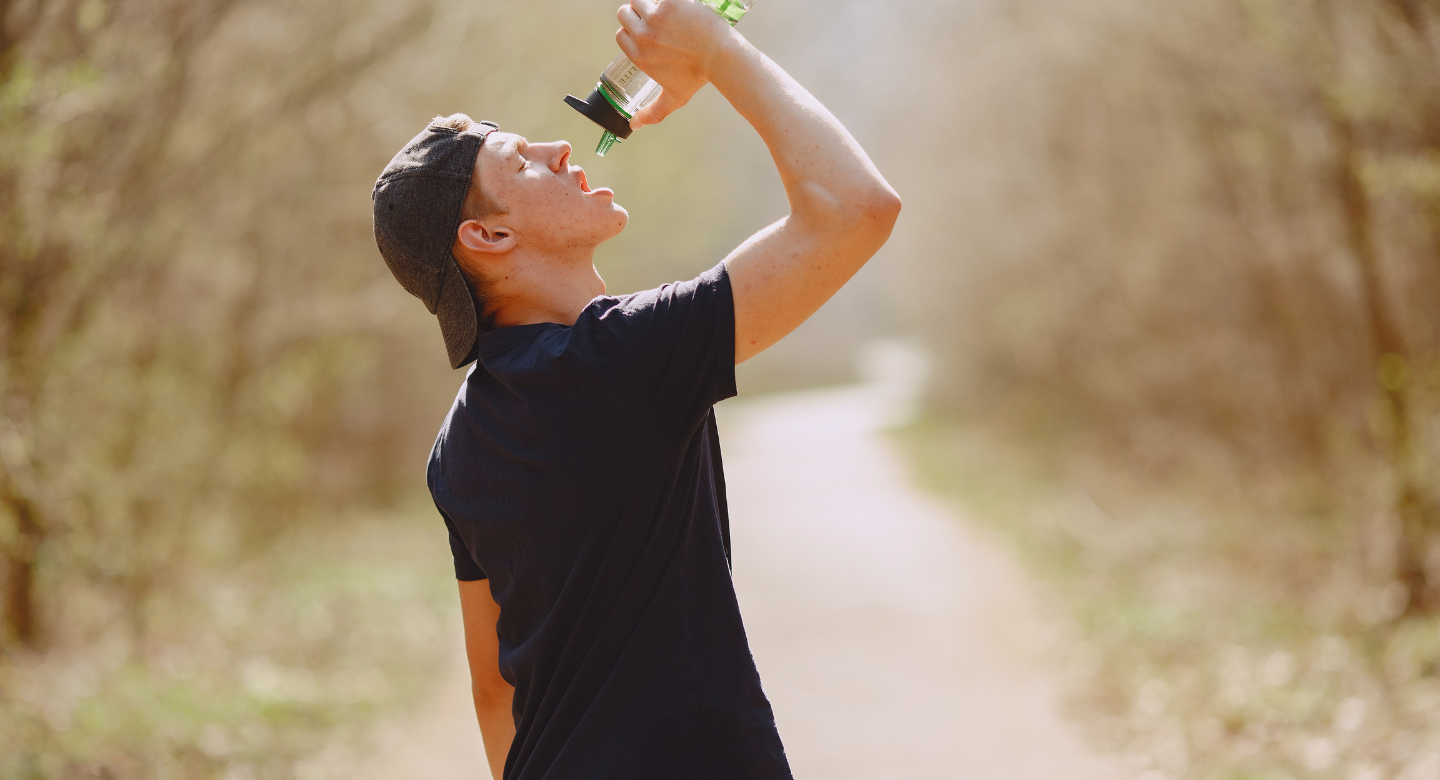
When you’re trekking, the physical activity and increased sweating from walking or climbing make dehydration a bigger risk. The harder you work your body, the more fluid you lose. If you don’t replace the lost fluids properly, dehydration can set in quickly. And the higher the altitude or the hotter the weather, the faster this can happen. So, it’s important to be aware of how dehydration can sneak up on you during a trek.
Signs of Dehydration on a Trek
When you’re out on a trek, it’s important to pay attention to how your body feels. Recognizing the signs of dehydration early can help you prevent more serious problems. Here are some of the common symptoms to watch out for:

1. Increased Thirst
Feeling very thirsty is one of the first signs that your body needs more water. Thirst is your body’s way of telling you that you’re running low on fluids. If you feel thirsty, drink water right away—don’t wait until you feel worse.
2. Dark Yellow Urine
Normally, when you’re hydrated, your urine should be a pale yellow color. If it’s dark yellow or even amber, that’s a clear sign that you need to drink more water. Dark urine means your body is conserving water because it doesn’t have enough.
3. Dry Mouth and Skin
If your mouth feels dry or sticky, or if your skin feels flaky or rough, these are early signs that you’re not getting enough fluids. Your body needs water to keep your skin and mouth moist, so dryness can be a warning signal.
4. Fatigue and Dizziness

Dehydration can make you feel tired and weak. When you don’t have enough fluids, your blood volume drops, and this can make you feel lightheaded or dizzy. If you feel unusually tired or have trouble staying on your feet, dehydration might be the cause.
5. Headaches
If you’re hiking in the sun and start feeling a persistent headache, dehydration could be the reason. A headache is a common symptom of fluid loss, especially if you’ve been sweating a lot or not drinking enough water.
6. Rapid Heartbeat
A fast heartbeat, even when you’re not exerting yourself, can be a sign of severe dehydration. As your body loses fluids, your heart has to pump harder to circulate what little blood is left, which can cause it to beat faster.
7. Confusion and Irritability

Dehydration doesn’t just affect your body—it can also affect your mind. If you start feeling confused, disoriented, or more irritable than usual, it could be a sign that your body is low on water. These changes in mood or mental clarity are signs that something’s off in your hydration levels.
8. Muscle Cramps
If your muscles begin to cramp up during your trek, dehydration could be the cause. This happens because your body loses not only water but also essential electrolytes, like sodium and potassium, which are needed for muscle function.
Recognizing these symptoms early and taking action to rehydrate can help you avoid serious dehydration and keep your trek enjoyable and safe. Always carry enough water with you, and drink regularly, even if you don’t feel thirsty right away.
Measures to Prevent Dehydration on Trek
Preventing dehydration during a trek is crucial for staying healthy and energized. By taking simple steps to ensure you’re staying hydrated, you can avoid fatigue, dizziness, and other dehydration-related issues. Here are some effective measures to help you stay hydrated and safe:
1. Drink Water Regularly

Don’t wait until you’re thirsty to drink. Thirst is a late sign of dehydration, so it’s important to sip water every 15-20 minutes. Carrying a hydration bladder or a water bottle with a straw makes it easier to take small, frequent sips without having to stop and unpack. This way, you’re staying ahead of dehydration all day long.
2. Consume Electrolytes
Drinking water alone isn’t always enough, especially when you’re sweating a lot. Adding electrolytes to your water can help replenish the salts and minerals your body loses through sweat. You can use electrolyte tablets, or if you have access, drink coconut water or sports drinks that contain electrolytes. This will help you stay properly hydrated and maintain energy levels.
3. Eat Water-Rich Foods
Foods like oranges, cucumbers, and watermelon have high water content and can contribute to your overall hydration. Incorporating these fruits into your trekking diet can help keep you hydrated. On the other hand, avoid salty snacks or heavily processed foods, as they can increase dehydration by making your body lose more water.
4. Avoid Caffeinated and Alcoholic Drinks

While it’s tempting to have a cup of coffee or a drink in the evening, both caffeine and alcohol can cause you to lose more water, leading to dehydration. Stick to water, herbal teas, or diluted fruit juices, which are better options to keep your hydration levels up during your trek.
5. Dress Smartly
The clothes you wear can play a big role in how much water your body loses. Choose light, moisture-wicking clothes that help your body stay cool and reduce sweating. A wide-brimmed hat is also helpful to protect you from direct sun exposure, which can lead to excessive water loss from sweating. Dressing smartly can keep you more comfortable and reduce the risk of dehydration.
6. Follow the Right Trekking Pace
Overexertion can make you sweat excessively and lose more fluids. It’s important to maintain a comfortable pace and take breaks regularly to rest. Try to rest in shaded areas or places with cooler temperatures to avoid getting overheated. These breaks not only help with rehydration but also allow your body to recover.
7. Acclimatize Properly
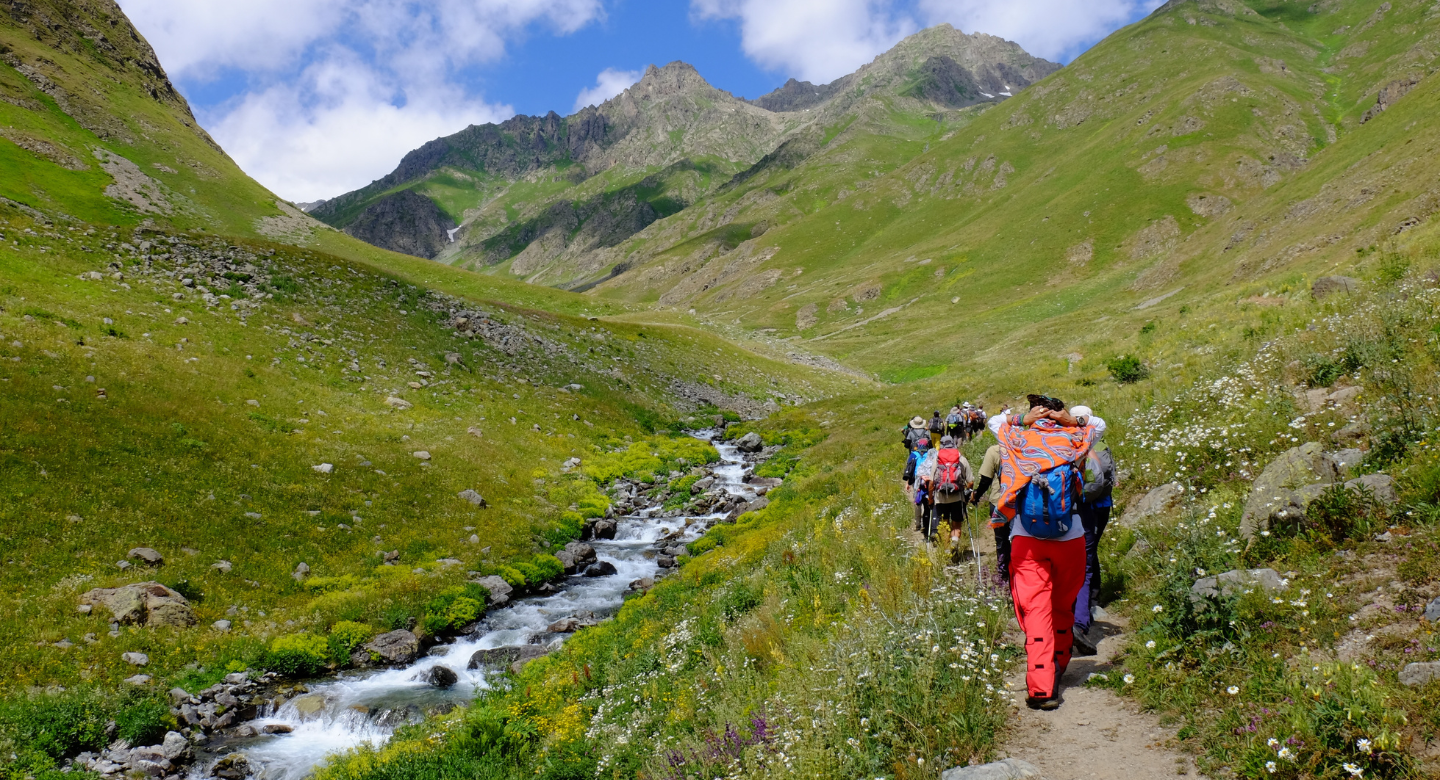
If you’re trekking at high altitudes, dehydration becomes a bigger concern because the air is drier, and your body can lose water more quickly. Be sure to drink extra fluids if you’re in higher altitudes to compensate for the increased fluid loss. Acclimatization can help your body adjust, reducing the risk of dehydration as well as altitude sickness.
8. Use a Rehydration Plan
Before you even start your trek, make a plan for staying hydrated. Begin your day by drinking 500 ml of water, even before you set off. Carry enough water with you to last the entire trek, usually 2-3 liters, depending on the length and difficulty of the trek. Keep a reusable water bottle with you and take regular sips throughout the journey. After any strenuous activity or sweating, rehydrate immediately to prevent dehydration from setting in.
What to Do If You Experience Dehydration?
If you begin to notice the signs of dehydration while trekking, it’s important to act quickly to avoid more serious health issues. Here’s what you should do right away:
Stop Trekking and Find Shade
As soon as you realize you’re becoming dehydrated, stop your trek. Resting helps your body conserve energy and prevent further fluid loss. Find a shaded area to cool off and avoid additional exposure to the sun, which can worsen dehydration.
Rehydrate with Water and Electrolytes

Begin drinking water immediately. Take small, consistent sips every few minutes rather than chugging large amounts at once. Replenishing electrolytes is also crucial, so if you have access to electrolyte tablets or a sports drink, use them. This helps restore the minerals your body needs for proper hydration.
Eat Water-Rich Foods
If you have access to water-rich foods like fruits (e.g., oranges, watermelon, cucumbers), eat them. They can help hydrate you further. Some trekking snacks, like hydration gels, can also help restore fluids quickly.
Cool Your Body
To avoid overheating, cool your body down. Applying a damp cloth to your forehead and neck can help lower your body temperature and make you feel more comfortable. If possible, splash cool water on your face or dip your hands and feet in water to help cool down your core temperature.
Seek Medical Help if Needed
If your symptoms worsen or you don’t feel better after rehydrating, seek medical attention immediately. Severe dehydration can lead to serious complications, and it’s important to get professional help if you experience dizziness, confusion, or fainting.
Conclusion on Signs of Dehydration and How to Prevent It on Trek
Dehydration is a serious concern that can quickly turn a rewarding trek into a dangerous experience. The key to staying safe is prevention—regularly drinking water, eating water-rich foods, and replenishing electrolytes are all essential practices to keep your body in balance. By being mindful of your hydration levels and recognizing the early signs of dehydration, you can take the necessary steps to stay healthy. Trekking should be an enjoyable experience, but it requires awareness and preparation to ensure that dehydration doesn’t get in the way. Being proactive about your hydration, especially in challenging environments, will keep you energized and safe.
In case dehydration does occur, it’s important to know how to react quickly. Stopping to rest, rehydrating with small sips of water and electrolytes, and cooling your body down can often help prevent serious health issues. However, if symptoms worsen or don’t improve, seeking medical attention is crucial. Dehydration can be life-threatening if not treated properly. With the right knowledge and actions, you can tackle dehydration and keep your trek safe and enjoyable. Remember, hydration is one of the simplest yet most important factors in any outdoor adventure, so take the time to plan and prepare for it.
Explore More Such Blogs
Common Trekking Injuries and How to Prevent Them
Blisters and Foot Care: How to Keep Your Feet Happy on a Trek
Best Yoga Flows to Loosen Tight Muscles After Hiking for Faster Recovery
How to Deal with Muscle Cramps and Fatigue While Trekking
Frequently Asked Questions (FAQs) on Signs of Dehydration and How to Prevent It on Trek
How much water should I drink while trekking?
It’s important to drink at least 2-3 liters of water per day while trekking, but the exact amount can depend on factors like the altitude, climate, and your level of exertion. If you’re trekking in hot weather or at high altitudes, you may need more water to stay properly hydrated.
Can I drink water from natural sources?
Drinking from natural sources like rivers or streams can be risky due to possible contamination. Always purify the water by using water purification tablets or a filter before drinking. This ensures that harmful bacteria and parasites are removed.
Are energy drinks good for hydration?
While some energy drinks contain electrolytes, many also have high sugar and caffeine levels, which can actually contribute to dehydration. It’s best to avoid those and stick to drinks with balanced electrolytes and minimal sugar content.
What are the best electrolyte sources for trekking?
The best sources of electrolytes for trekking include electrolyte tablets, coconut water, and natural fruit juices. These options help replenish the minerals lost through sweat, improving hydration and overall energy levels.
Can I prevent dehydration by drinking a lot of water at once?
Drinking large amounts of water at once is not effective for hydration. To maintain proper hydration, it’s important to sip water regularly throughout the day. This allows your body to absorb the water gradually and efficiently.
Does altitude increase dehydration risk?
Yes, high altitudes can increase the risk of dehydration. The air is drier, and your body tends to lose fluids more quickly through breathing and sweat. Make sure to drink more water than usual when trekking at high elevations.
Should I drink warm or cold water while trekking?
Lukewarm water is generally the best choice for hydration during a trek. Extremely cold water can cause stomach cramps or discomfort, especially if you’re already physically exerting yourself. Lukewarm water is easier on the stomach and helps with digestion.
What are the dangers of severe dehydration?
Severe dehydration can be very dangerous and lead to serious health issues such as heatstroke, organ failure, and, in extreme cases, even death. It’s crucial to address dehydration early to avoid these dangerous complications.
Can dehydration affect mental clarity?
Yes, dehydration can have a significant impact on mental clarity. When you don’t have enough fluids, you may experience confusion, dizziness, and difficulty concentrating. This can make it harder to make good decisions and respond quickly in challenging situations.


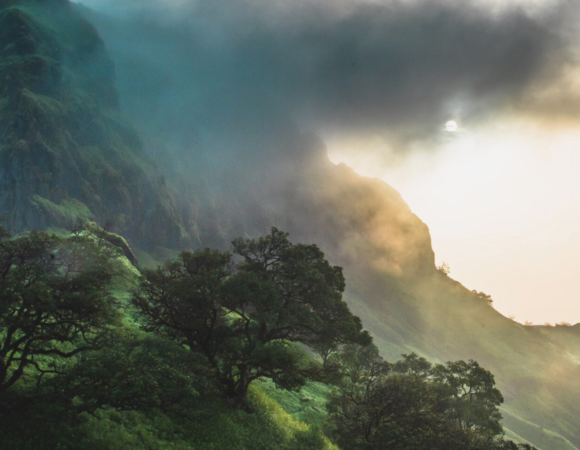
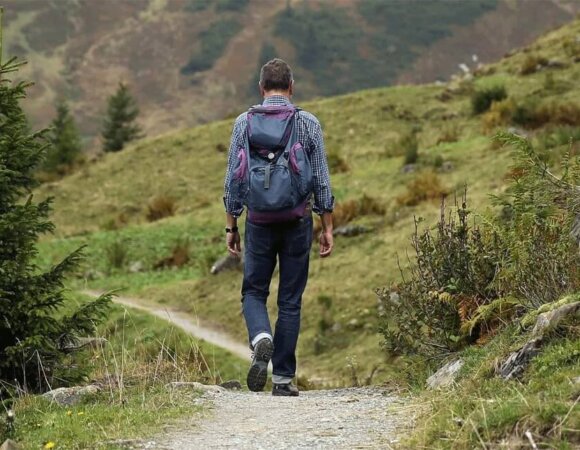
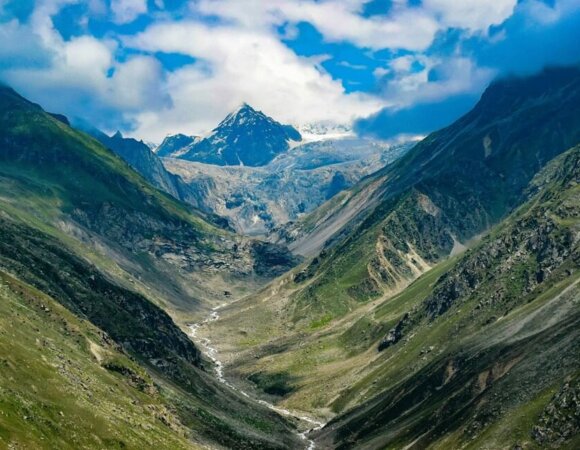
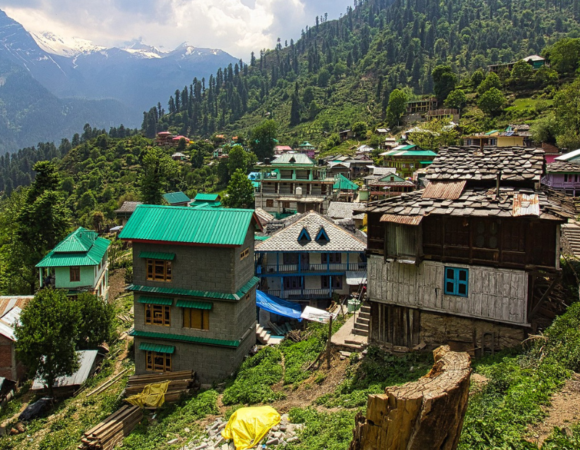
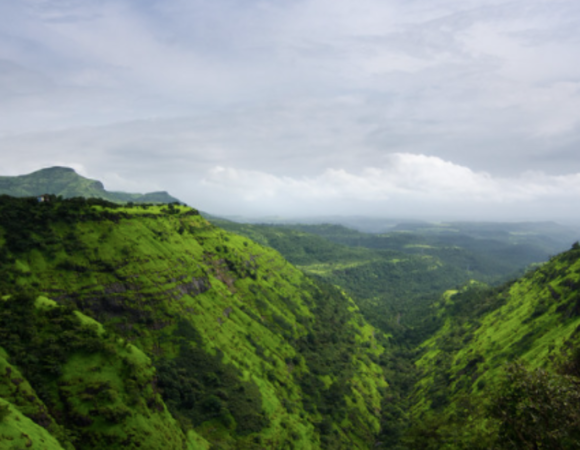
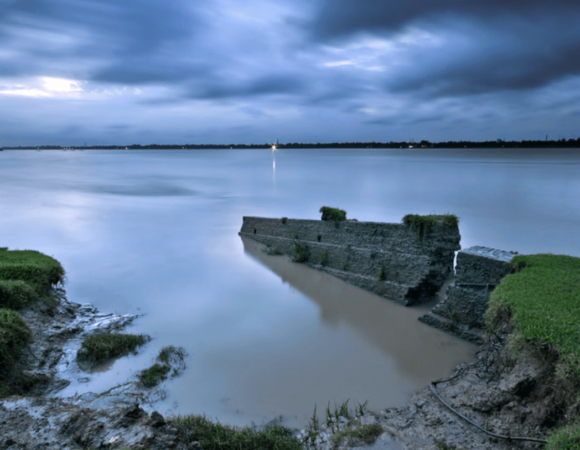
[…] Dehydration is perhaps the most immediate concern when drinking alcohol at high altitude. Here’s why this combination is particularly problematic: […]